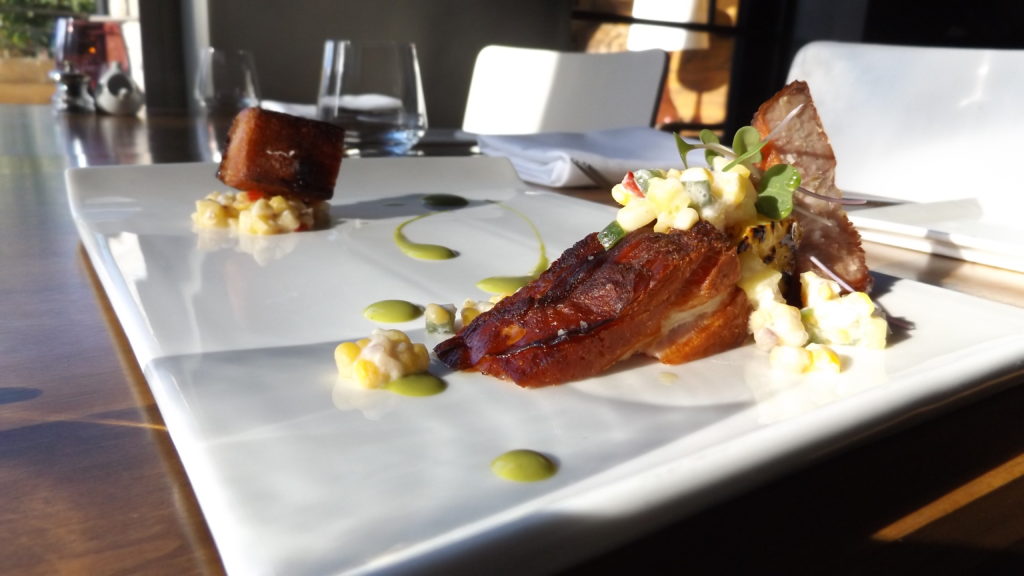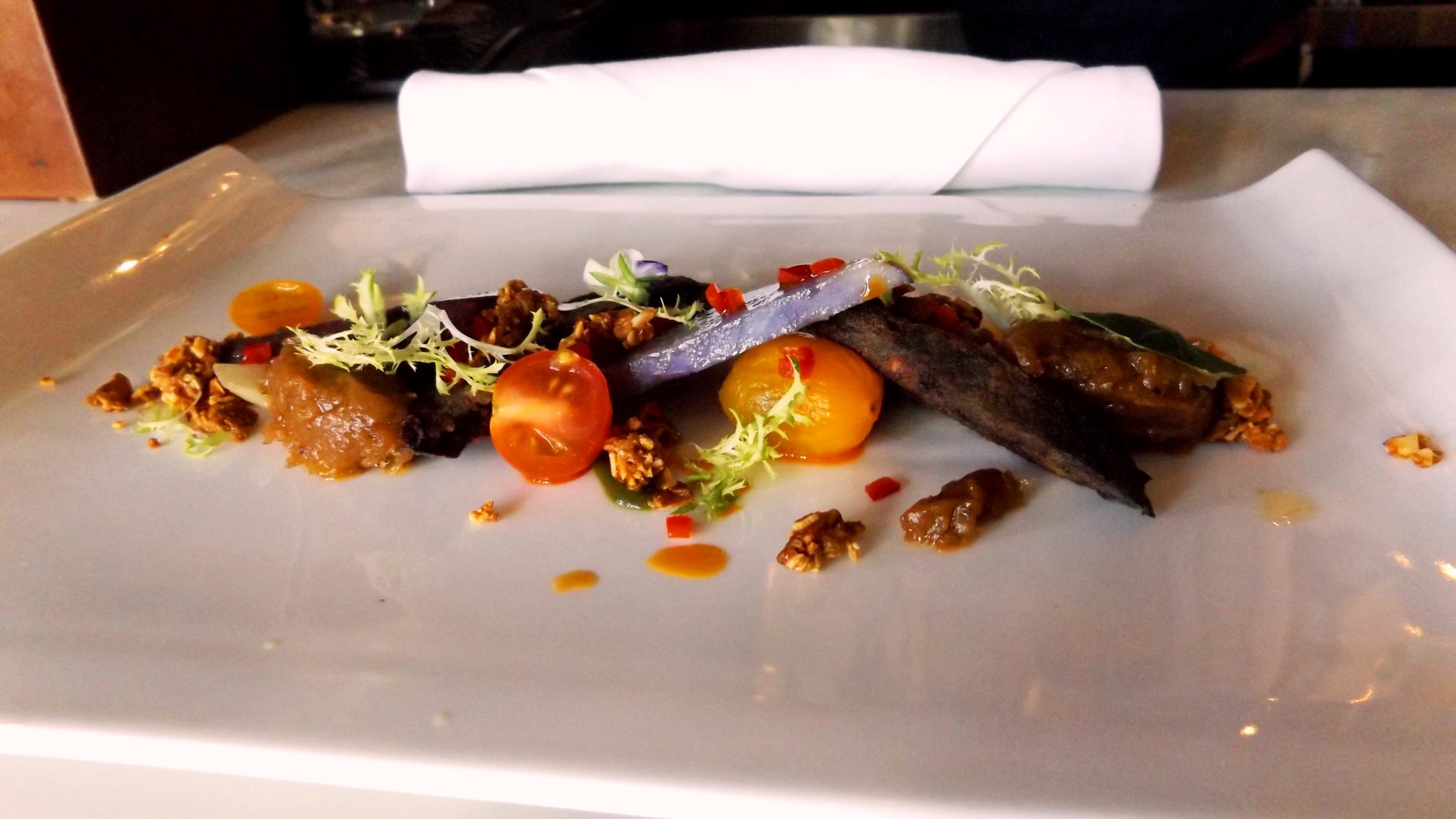By: Ryan Hodros, Culinary Arts Student
A lot of folks will tell you that the farm-to-table movement is just another in a long line of gimmicks the culinary industry has pulled from its bag of tricks over the past decades. While I’m relatively new to the culinary industry, industry veterans that I’ve talked to on the food side, the liquor side, and the hospitality side all seem to agree that it’s here to stay, but it’s hard to really pinpoint why exactly that is.
The gimmicks people compare farm-to-table with have a tendency to be mostly about flash and presentation, which is great in terms of artistic expression and enjoying meals in new and interesting ways. But like all artistic movements, they are fleeting and will eventually fade.
But the farm-to-table movement is different. Rather than changing what the food looks like on the outside, it seeks to tear down the food and rebuild it from its very foundation. Instead of changing its appearance, it changes the food itself.
One of the issues I’ve heard from classmates, friends, family, and people who just enjoy going out for a nice meal on occasion, is that the quality of the food to be presented is limited by the amount of food your particular region can produce locally. If you need strawberries to make a certain dessert, but you live in a place that doesn’t produce strawberries, doesn’t that hurt the consumer?
In the past I didn’t have a concrete response. Then this past Saturday, I went to Bittersweet in Denver to do a review of their beer selection, and now I have my response. Bittersweet is a restaurant that specializes in local, artisanal offerings. This includes a 600 square foot garden that supplies all the produce the restaurant needs during Spring and some of Summer, and the quality of their food is in no way limited.
(If you’re interested in my review of Bittersweet, check it)
While Bittersweet’s beer selection isn’t as local as their menu, they are proof that the farm-to-table concept doesn’t just work, it produces the kind of plates that impress the likes of 5280 magazine, Westword, Opentable, Tripadvisor, and Zagat.
But the question resurfaces: should farm-to-table be considered a fad? I would argue that it is a symptom of a population of educated people with access to information simply becoming informed (and subsequently horrified) with some of the things they’ve been eating over the years. And considering that the average American spends roughly $1,000 a year on lunch alone according to Forbes Magazine, it’s not entirely unreasonable that that significant chunk of cash be spent on food that isn’t just tasty and beautiful, but healthy and nutritious.
In my opinion, rather than representing a gimmick or artistic style that will quickly be swept away by the “new big thing,” farm-to-table represents the end to an era where ethical food practices take a backseat to flimflammery and a quick buck, and the start of an era where food suppliers and restaurants will be held to a higher standard.
Of course, there will always been cheap eateries that serve whatever they can scrape together and call a cheeseburger, but many fast food chains are seeing their profits drop on a regular basis, including a drop for McDonald’s this past July directly related to American disinterest and a scandal in China involving food safety.
What this represents is what farm-to-table has been about from the very beginning. It’s not about helping local farmers. It’s not about fighting big agribusiness. It’s not even about the flavor of the food. Sure all of these things are affected by the movement, but in my opinion, farm-to-table represents a basic human need to eat delicious food that is nice to your body. We haven’t been getting that in the past, and we want it now.
It’s not enough to just get product these days. Chefs can’t just point at things in a Sysco catalog and have their pantry fill up so they can get to work anymore. The industry is shifting such that chefs and restaurant managers will need to know where their food comes from, whether or not it is in season, and how much time it spent on a truck, because their customers will want to be assured they’re getting the most nutritional bang for their buck.
Culinary education isn’t just about technique anymore. It’s about finding out what’s in season wherever you happen to be and making delicious food with what’s on hand in order to ensure the highest quality ingredients are used as freshly as possible. And the culinary schools that offer that as part of their education will be on the cutting edge of this development.
All Photography by Tressa Hodros




